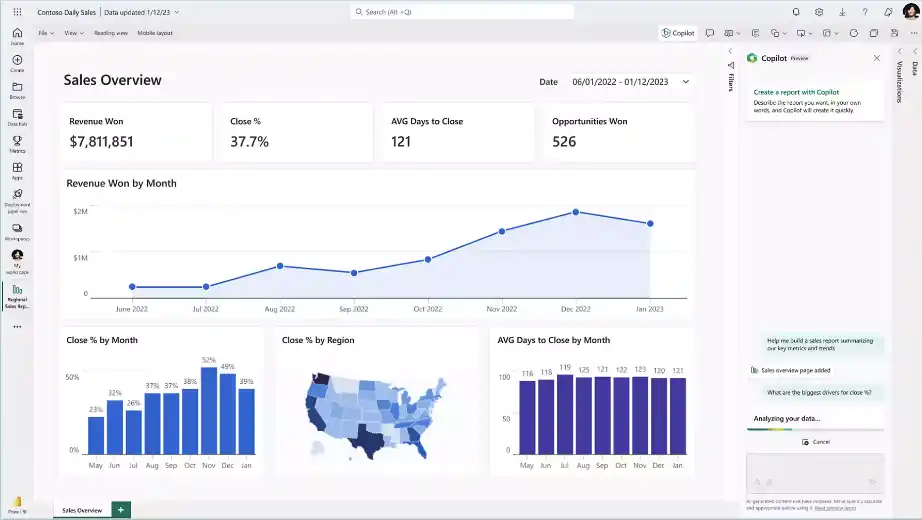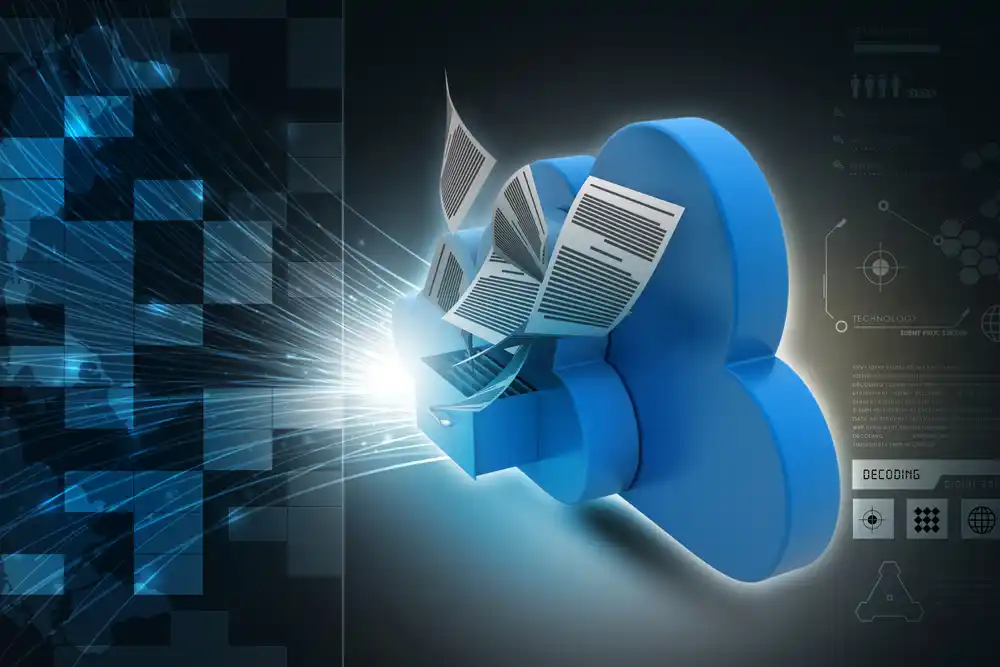Maximizing Business Efficiency with Microsoft Fabric: The Power of Data Integration
Enhance the full potential of your business with Microsoft Fabric, a platform designed to seamlessly integrate data and elevate your operations to...
3 min read
cloudservuscom May 16, 2024 9:24:17 AM

Discover the importance of Data Modernization Assessments and how it can transform your business. The insights gained from this assessment can guide your organizations in making informed decisions about your data modernization journey, ensuring alignment with your business goals and maximizing the value derived from your data assets.
A Data Modernization Assessment is a process that evaluates the current state of an organization's data infrastructure and provides recommendations for modernizing and optimizing it. It involves analyzing the existing data architecture, systems, processes, and technologies to identify areas for improvement and develop a roadmap for data modernization.
By conducting a Data Modernization Assessment, companies can gain insights into the strengths and weaknesses of their data infrastructure and identify opportunities to enhance data management, analytics, and decision-making capabilities. It helps organizations align their data strategy with their business goals and stay competitive in the digital age.
There are several benefits of conducting a Data Modernization Assessment:
A comprehensive Data Modernization Assessment typically includes the following key components:
By addressing these key components, organizations can gain a holistic view of their data landscape and develop an actionable plan for data modernization.
Implementing data modernization strategies involves executing the roadmap developed during the Data Modernization Assessment. It requires careful planning, coordination, and collaboration across different teams and stakeholders. Here are some steps involved in implementing data modernization strategies:
By following these steps and leveraging the insights from the Data Modernization Assessment, organizations can effectively implement data modernization strategies and drive positive business outcomes.
Choosing the right data modernization partner is crucial for the success of your data modernization initiatives. CloudServus is a Microsoft Solutions Partner and leading provider of data modernization services, offering expertise in cloud migration, data integration, data governance, and analytics.
By choosing us as your data modernization partner, you can accelerate your data modernization journey and unlock the full potential of your data assets. Contact us today to talk to one of our experts.

Enhance the full potential of your business with Microsoft Fabric, a platform designed to seamlessly integrate data and elevate your operations to...

3 min read
IT leaders in small-to-medium businesses (SMBs) and enterprises face growing demands to deliver instant insights that drive smarter decisions. From...

Learn why it is essential to protect your Microsoft 365 data and how a reliable backup, like Microsoft 365 Backup, can safeguard your email and...